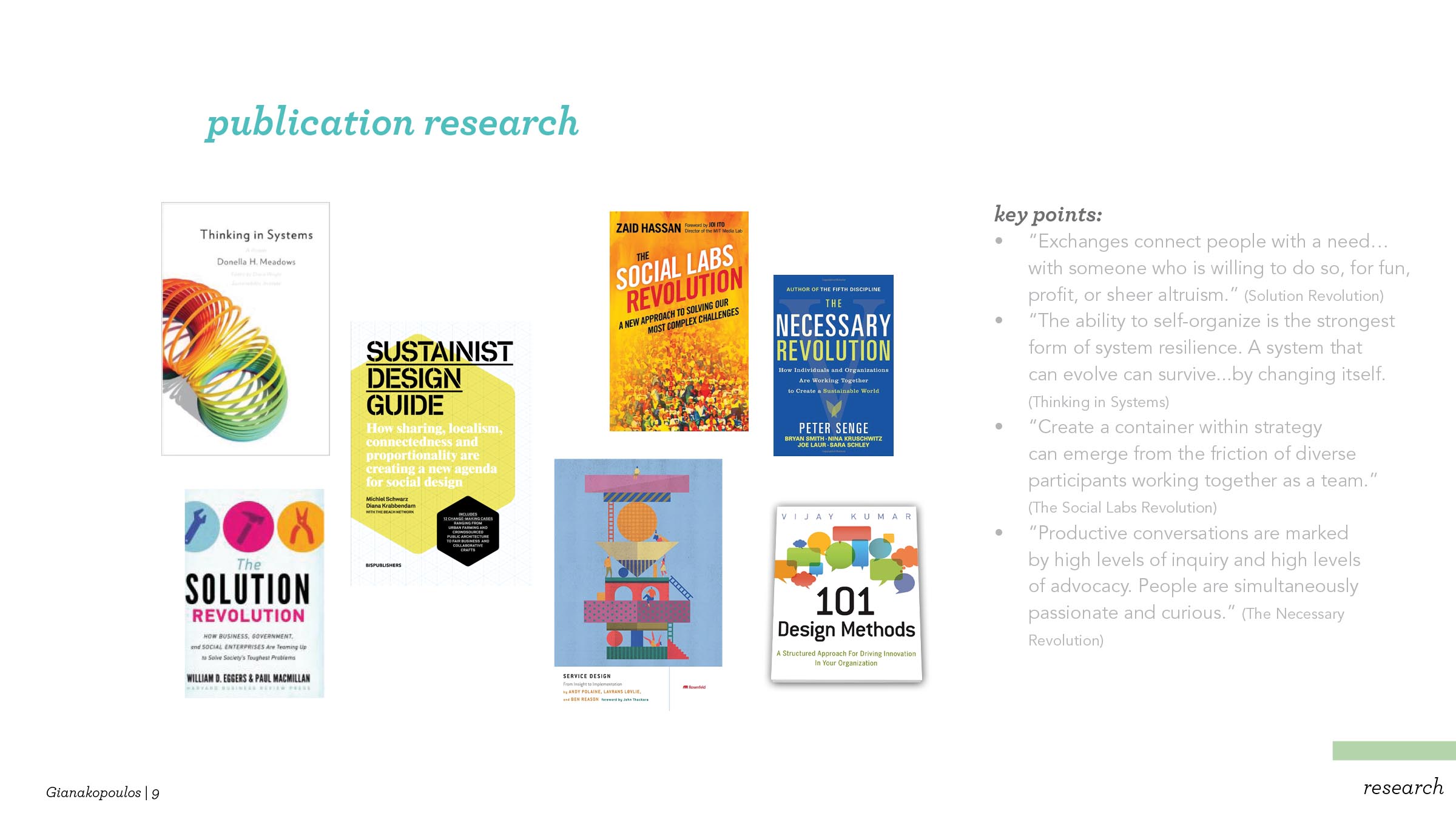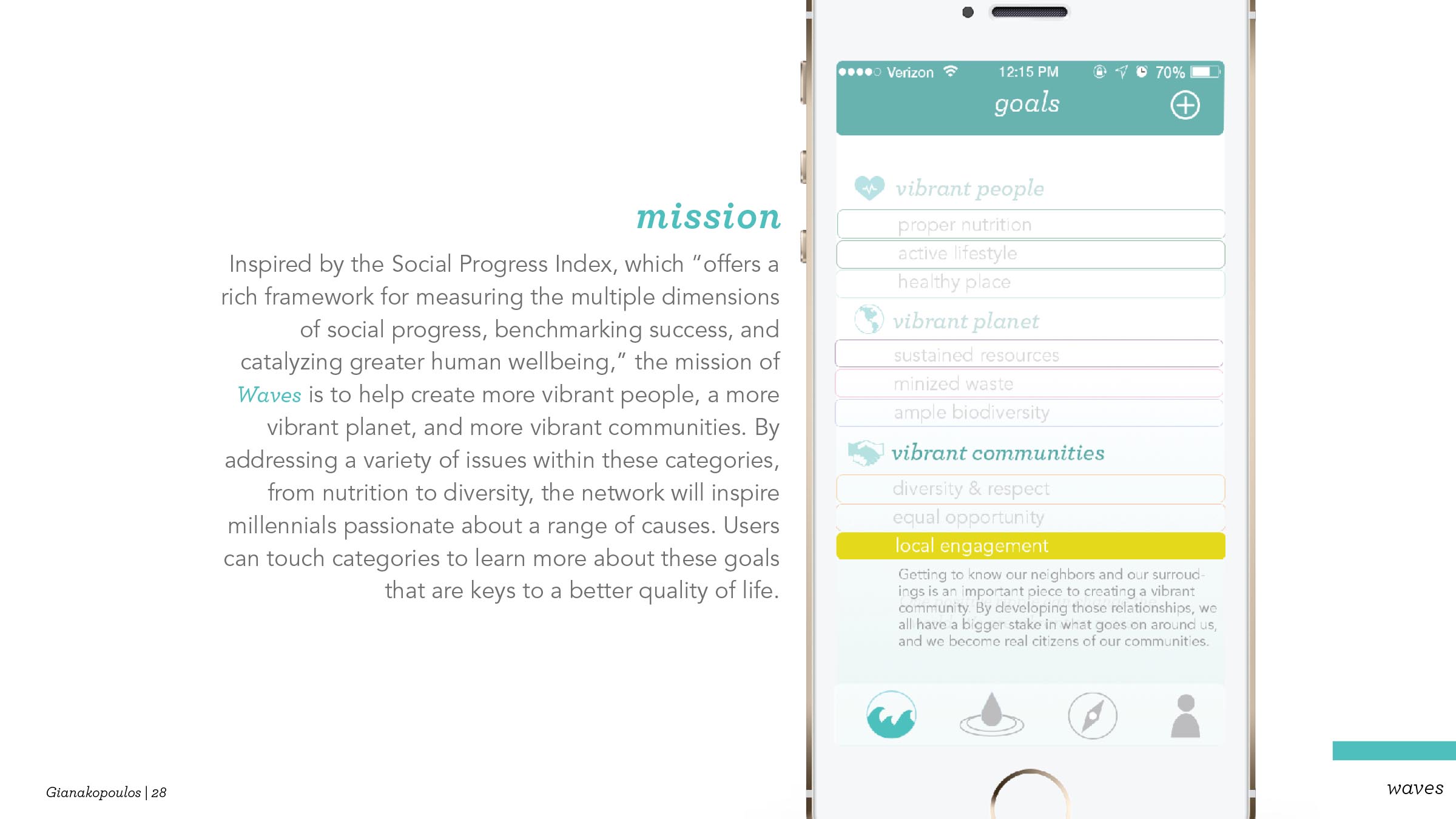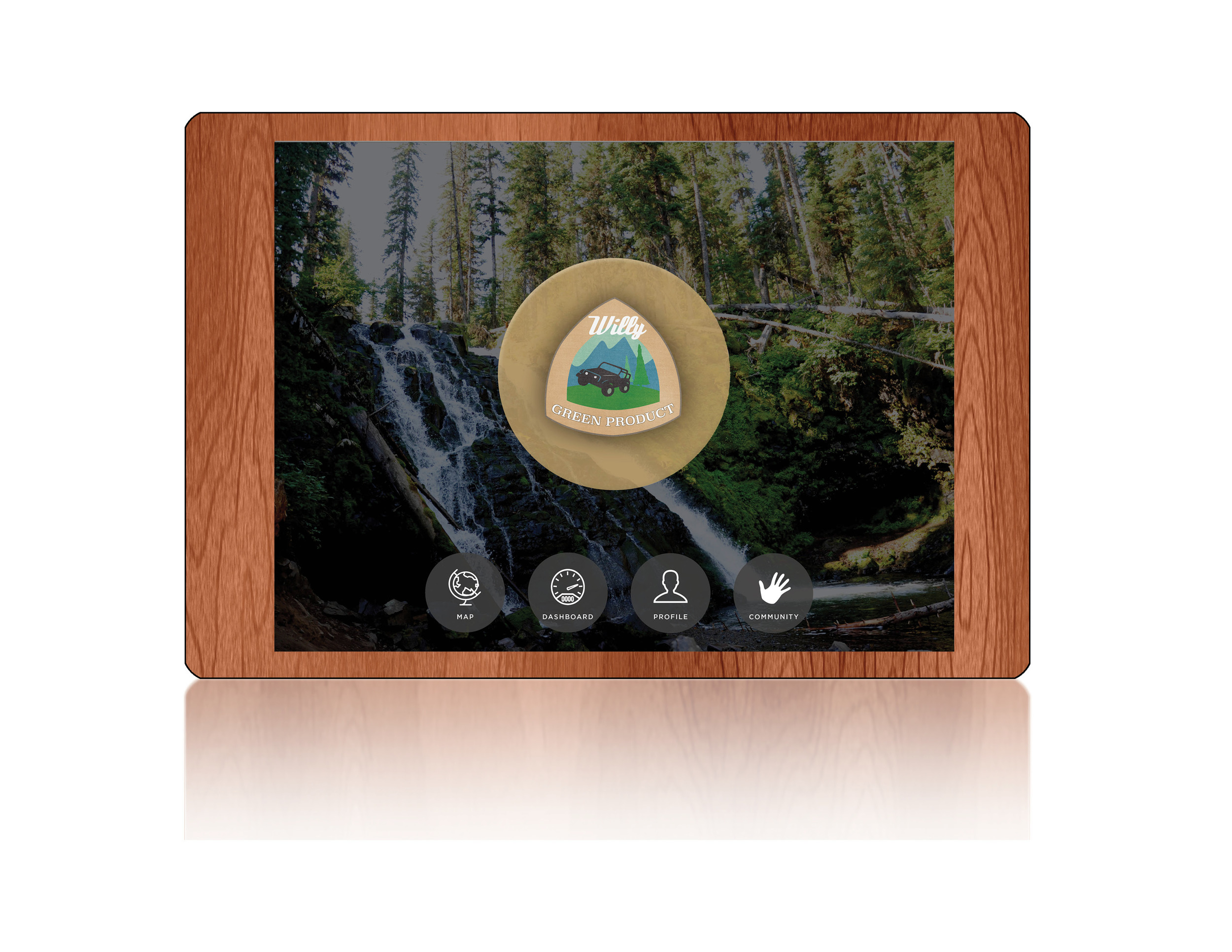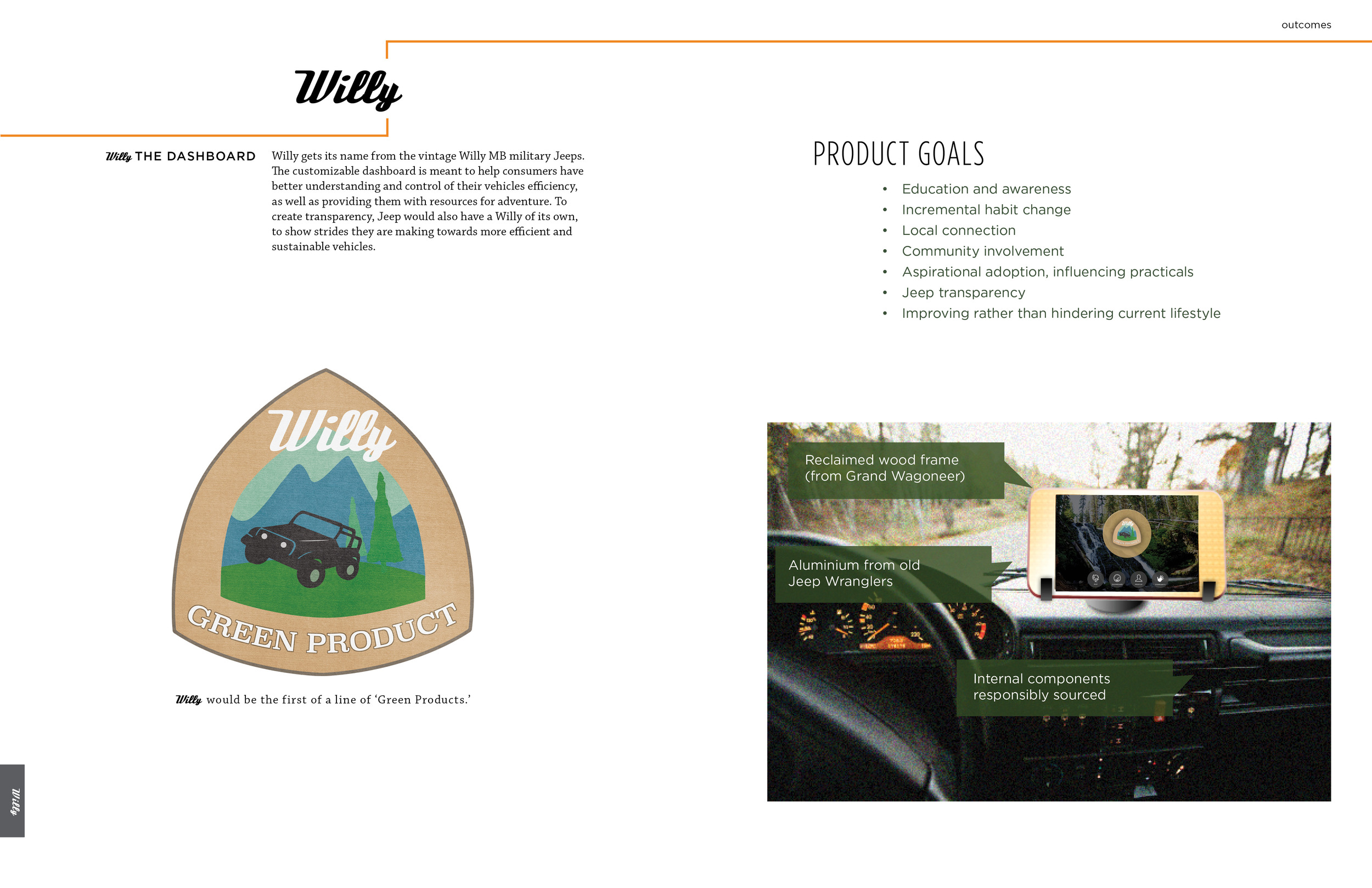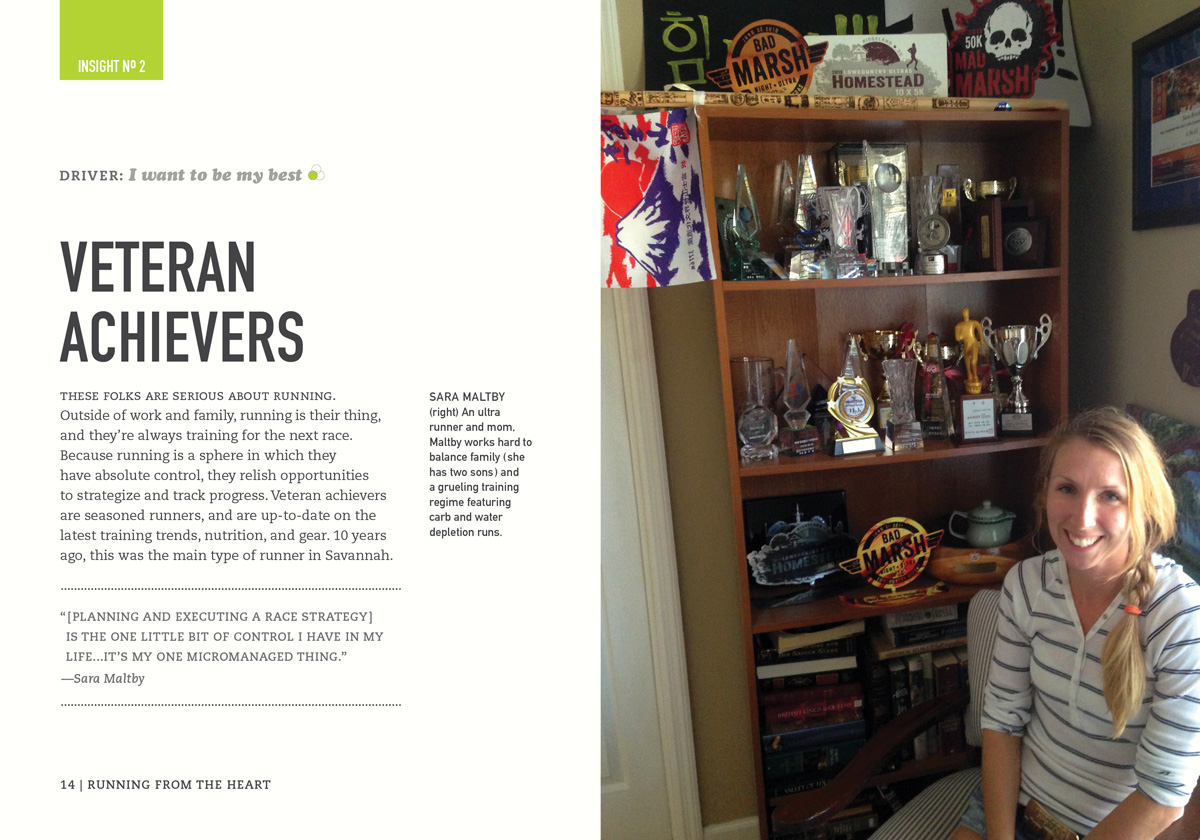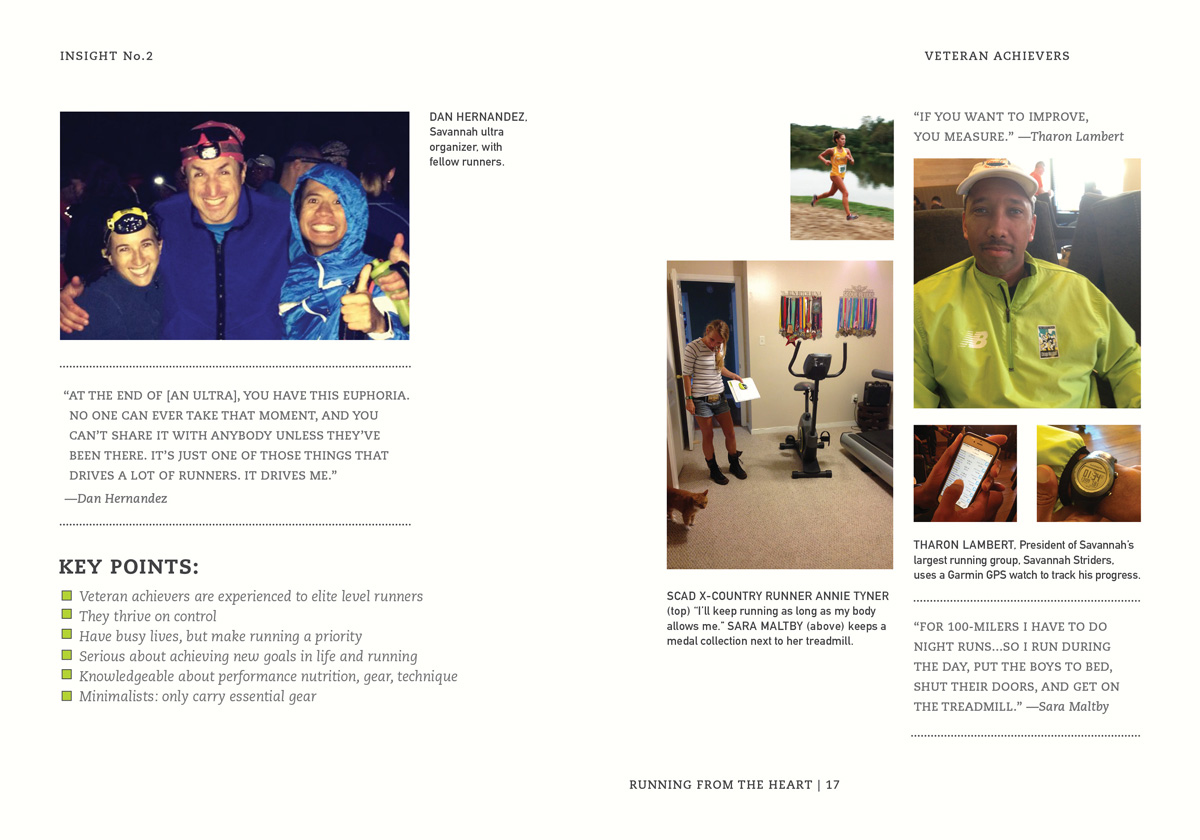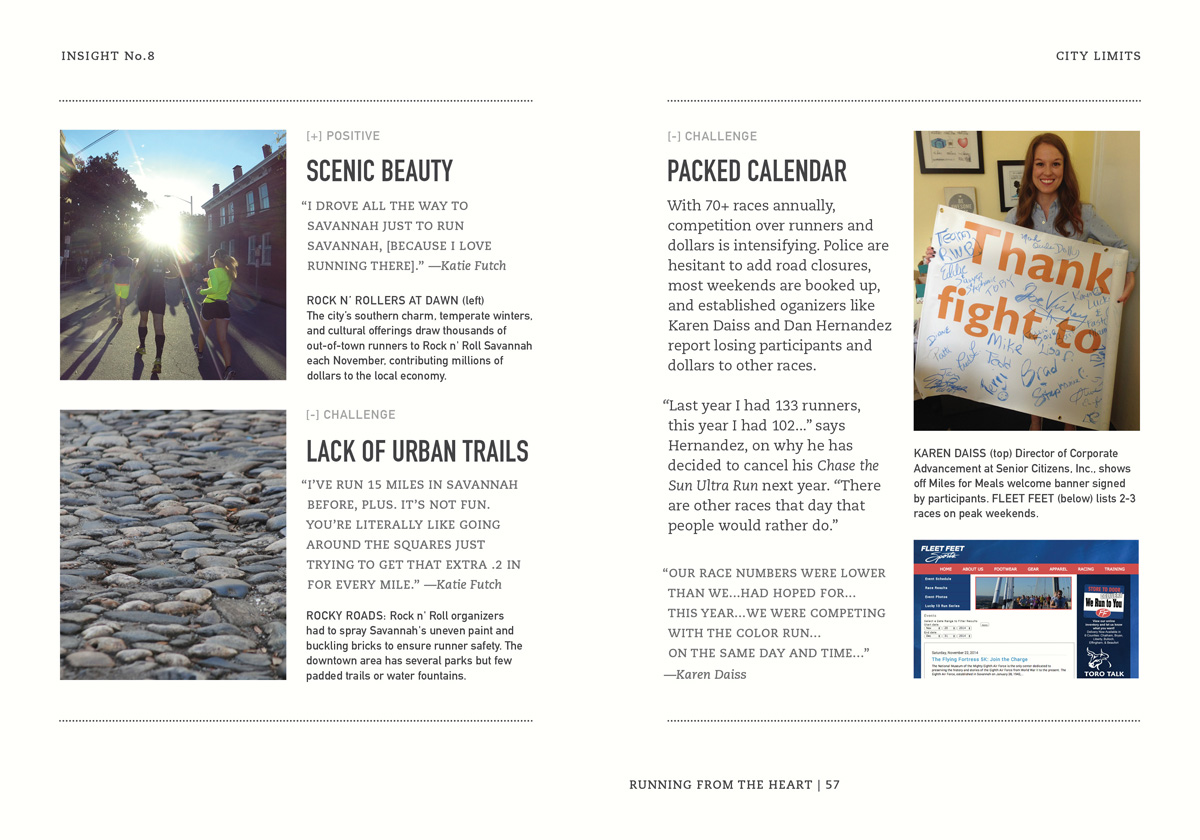Creating a Positive Insurance Servicing Experience
Photo credit: Unsplash, Rawpixel
Project Objectives: This research focused on understanding the pain points and barriers that come with understanding and servicing insurance today, and the customer service and digital solutions that were needed to alleviate those in the future.
Methods Utilized: Using previous research, we identified the areas with the most pain points to focus on for this endeavor. We sent participants a homework assignment to complete prior to group co-creation sessions in both an Eastern US and a Western US market.
Outcomes: We designed a framework to encompass the results of the research, which was used by the team to brainstorm digital and in-person solutions to create a positive servicing experience.
*All of my client projects require varying levels of confidentiality. Here, I have provided a high-level overview to highlight my experience while respecting my clients’ work and investment. If you have further questions on the project or my role, please ask.














